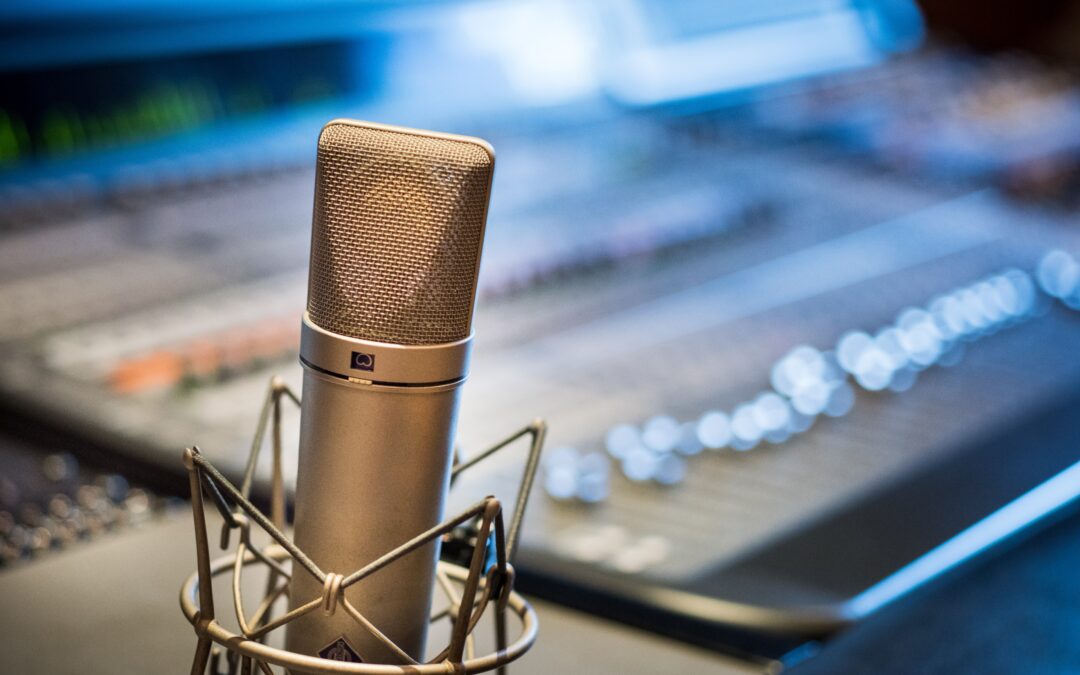Voice acting, also known as voice-over, has been around for over a century. The first known instance of voice acting dates back to the late 1800s when the phonograph was invented. However, it wasn’t until the advent of radio and later, film and television, that voice acting became a popular profession.
The early days of voice acting involved live performances on radio shows, where actors would deliver lines and perform characters without any visual aid. This required a high level of skill in vocal performance, as the actors had to convey emotions and personalities purely through their voice.
In the 1930s and 1940s, voice acting became more prevalent in animated films. One of the most famous early voice actors was Mel Blanc, who voiced many of the iconic Looney Tunes characters, including Bugs Bunny, Daffy Duck, and Porky Pig. Blanc’s performances set the standard for voice acting in animation and helped establish it as a legitimate art form.
As television became more popular in the 1950s and 1960s, voice acting expanded beyond animation and into live-action programs. This included commercials, documentaries, and narration for shows and films. Voice acting also became more diverse, with actors of various backgrounds and accents lending their voices to characters and projects.
The rise of digital technology in the 21st century has opened up new opportunities for voice acting, with actors able to record and deliver performances remotely from anywhere in the world. This has led to a global market for voice acting and made it a more accessible profession for aspiring actors and performers.
In conclusion, while the exact date of the invention of voice acting is not known, it has been a part of audio entertainment for over a century. From its early days on radio to its current status as a global profession, voice acting has played a significant role in bringing characters and stories to life.

